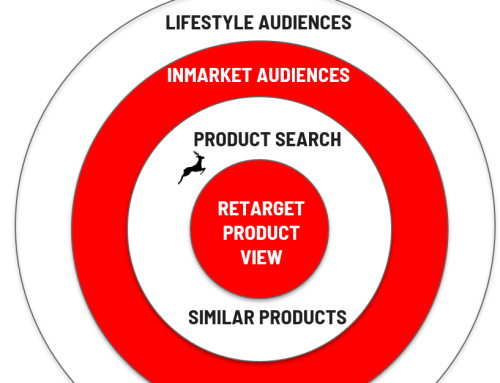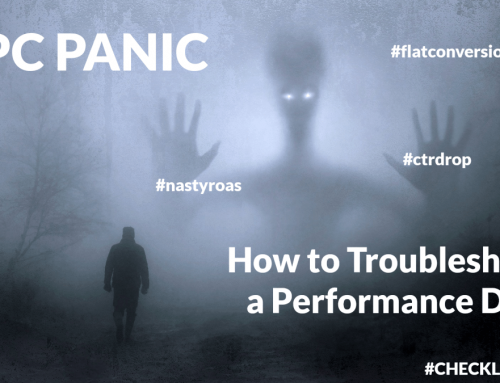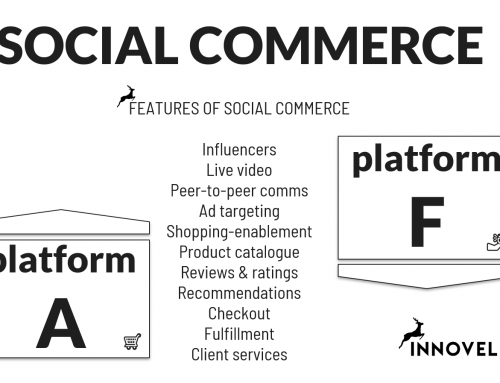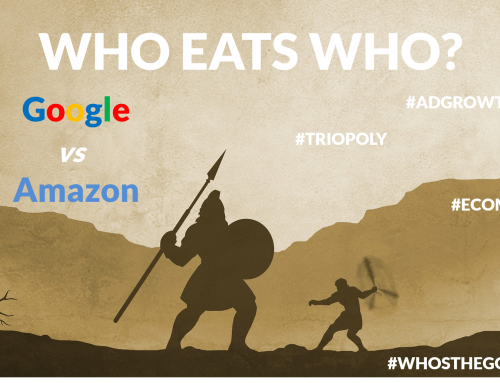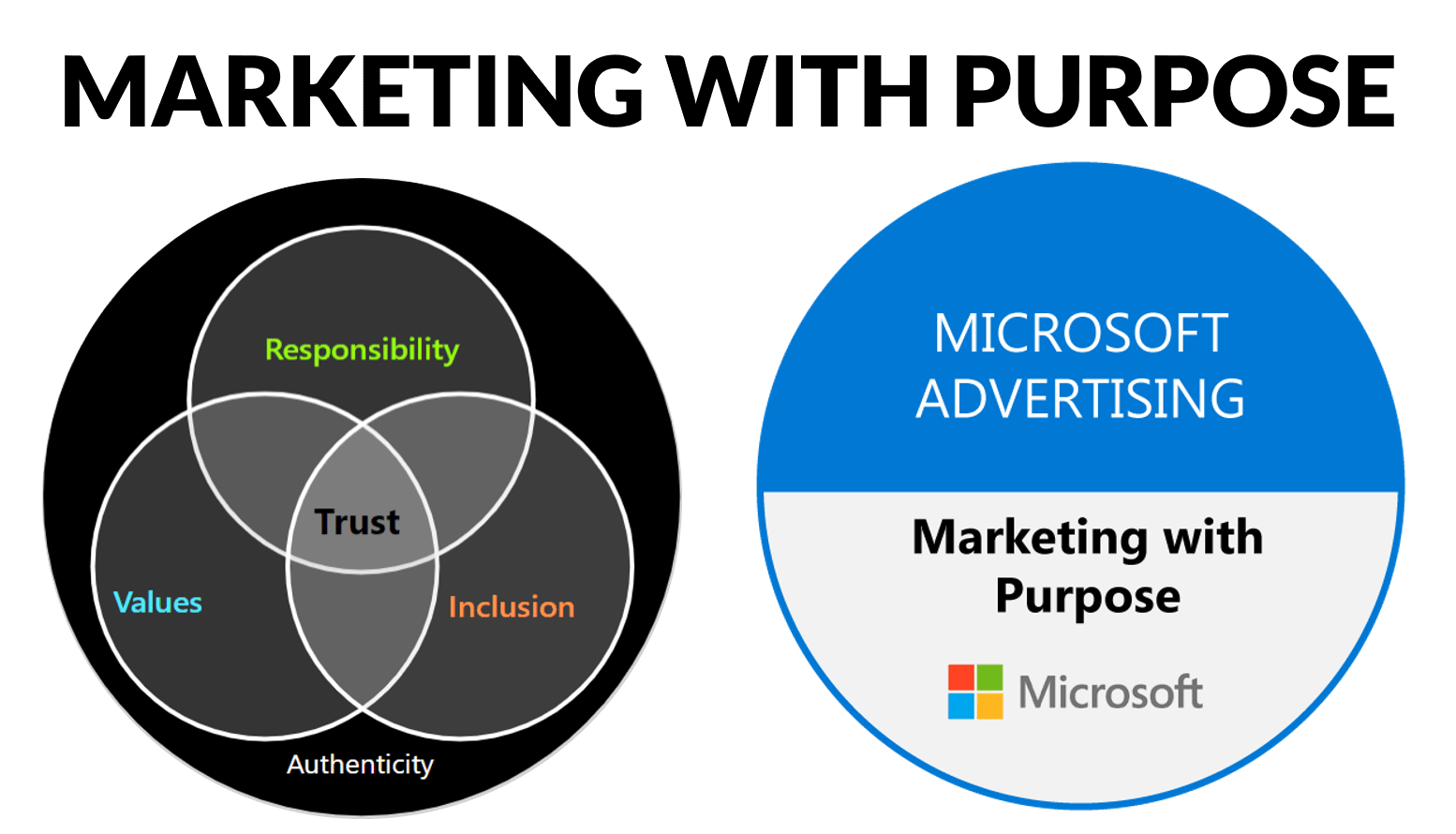
Searching for Purpose? Here comes Marketing with Purpose, starring Responsibility, Values and Inclusion
“It starts with Why“, doesn’t it? It explains why Apple and Nike are so successful because they have such a strong mission statement at the core of their business. Simon Sinek explains this brilliantly in his presentations and his books. He presents us with the golden circle, an illustration of concentric circles of What and How surrounding the core purpose in the central Why.
But it is harder when you are just a local accounting firm or an undertaker, isn’t it? “Some guys just wanna drive a forklift”, as Colm Regan puts it in the Late Late Show. They don’t need a vision or to be passionate about a cause, or innovation, do they? (Good laugh for you in that short video, and more about passionate tax optimizers, passionate sofa retailers and accountants from David Mitchell’s Soapbox here).
What is purpose?
Where Simon Sinek explains the purpose of a business as “The Why”, Microsoft Advertising makes it more concret and tangible in their “Marketing with Purpose” framework which was kicked off at the Elevate event these last few days.
The Marketing with Purpose framework breaks the Why down into values, responsibilities and inclusion. The effect these factors jointly create on users is to make a brand more authentic. Perhaps authenticity is what Simon Sinek calls “consumers don’t buy your products’ functionality, they buy your reason for producing it”.
In one of Microsoft Advertising’s research studies, it was found that 72% of consumers were more likely to support brands that are authentic in their advertising.
Towards a more ethical marketing
The rise of this trend comes at a time where users have become distrustful of digital marketing and perhaps somewhat tired of the shear number of ads they see every day. The Cambridge Analytica scandal was the symbol for misuse of user data. The interests, affinities and behaviours of millions of users were logged and cross-referenced in a giant database that was used to exerce influence believed to have affected elections across the world, including the US Presidential election. The one that surprisingly instated Donald Trump as what was once called “the leader of the free world”. Fake news proliferated out of control.
The Cambridge Analytica scandal was about uncontrolled use of covertly obtained user data. This was based on the same priniciples on which brands have been retrieving data via digital marketing channels over the past years.
In the world of marketing, users turned to ad blocking and anonymous browsing as the only means they had to fight back. As one would expect, users also began to lose trust in brands that were felt to misuse their data or disrespect their privacy. A Microsoft research study focused on Generation Z showed that 48% of users stopped purchasing from a brand because it didn’t represent their values. (“The Psychology of Inclusion and the Effects in Advertising: Gen Z“)
In 2021 a number of things are happening. GDPR, the European privacy legislation and CCPA, California’s privacy regulation, are leading regulatory frameworks starting to set a standard for what user data can be collected and how. Whereas they are far from perfect from a functionality standpoint, they are setting a standard for what is acceptable and what is overstepping, and thus are helping end users know where to put their own limits. And from the end-user perspective, the pandemic has caused a great disruption in both end-user behaviour and marketing techniques, as we described recently in our article about user unpredictability and marketing in the 20’ies.
Within the big online platforms, Apple is on a crusade to kill third party cookies in the name of privacy. And Google is following in their footsteps for this noble cause, and with a much higher impact on marketers. For outsiders, it frankly does look a bit like internal fighting between GAFAMs (the data driven companies Google, Apple, Facebook, Amazon, Microsoft). Apple is in a dogfight with Facebook, Google is fighting Amazon. They do this to regain user trust while providing a sizable blow to their competitors. This will have great impact on the way marketers work in the future as they are directly affected by these impacts. This is addressed more in detail in Innovell’s digital marketing report: “Digital Marketing in Volatile, Uncertain, Complex and Ambiguous Times” (commercial report not freely available).
Oh, and Microsoft? Well, here is an interesting initiative where Microsoft Advertising is taking an altruistic and entirely positive approach to the topic by publishing a playbook and setting up a course with accompanying certification: “Marketing with Purpose” which we are looking closer at in this article.
An authentic brand uses responsibility, values and inclusion principles
In the Marketing with Purpose framework set forth by Microsoft Advertising, the core building blocks are responsibility, values and inclusion. And meeting best practices and enhancing these factors leads to higher brand loyalty.

The brand loyalty curve from the Marketing with Purpose framework
The three components of marketing with purpose help to build an authentic brand which in turn translates into consumer trust trigger a higher propensity to purchase that brand’s products. Supporting the entire framework is a number of Microsoft Advertising research studies.
Let’s have a look at the three big components one by one:
Responsibility: Brand’s need to both be and communicate responsibility to their audiences:
- Respect user data and privacy
- Be transparent in their communication
- Apply brand safety control to their advertising
- Make their communication media accessible to all categories of users
Values: A brand is built on a mission statement carrying it’s values. When these values overlap and resonate with users’ values, brand trust and loyalty increases.
- Establishing a brands ethical foundation
- Knowing and communicating a brands’ values
- Understanding consumers’ values
- Removing or reducing data bias from the equation
Inclusion: The openness and inclusivity a brand exercices in its’ practice and its’ communication.
- Knowing the 9 feelings of inclusion: celebration, zest, hope, relaxation, relief, safety, confidence, acceptance and clarity
- Using inclusive keywords in search campaigns
- Aplying proximity, empahty, insights and innovation to communication
Better and more responsible marketing drives better performance
Many advertisers care more for marketing with performance than marketing with purpose, maybe because goodwill is harder to measure than sales. After all, any business is by definition geared towards generating profits. That is the purpose of a business.
Advertising has long been aiming to be on wavelength with the values of its audiences, but in the past not many studies or metrics pointed to the importance of advertiser responsibility or inclusivity. Those have become building bricks for authentic marketing which is in user demand.
Perhaps this is a wakeup call for those who have had a too narrow focus on short term business metrics and who have neglected the greater good and the image of their brands in the long run.
If you want to dig deeper into the Marketing with Purpose framework, you can download the Marketing with Purpose playbook here and you can access the course and the (rather fun) certification. The course is a 2-3 hour investment well worth your time.


